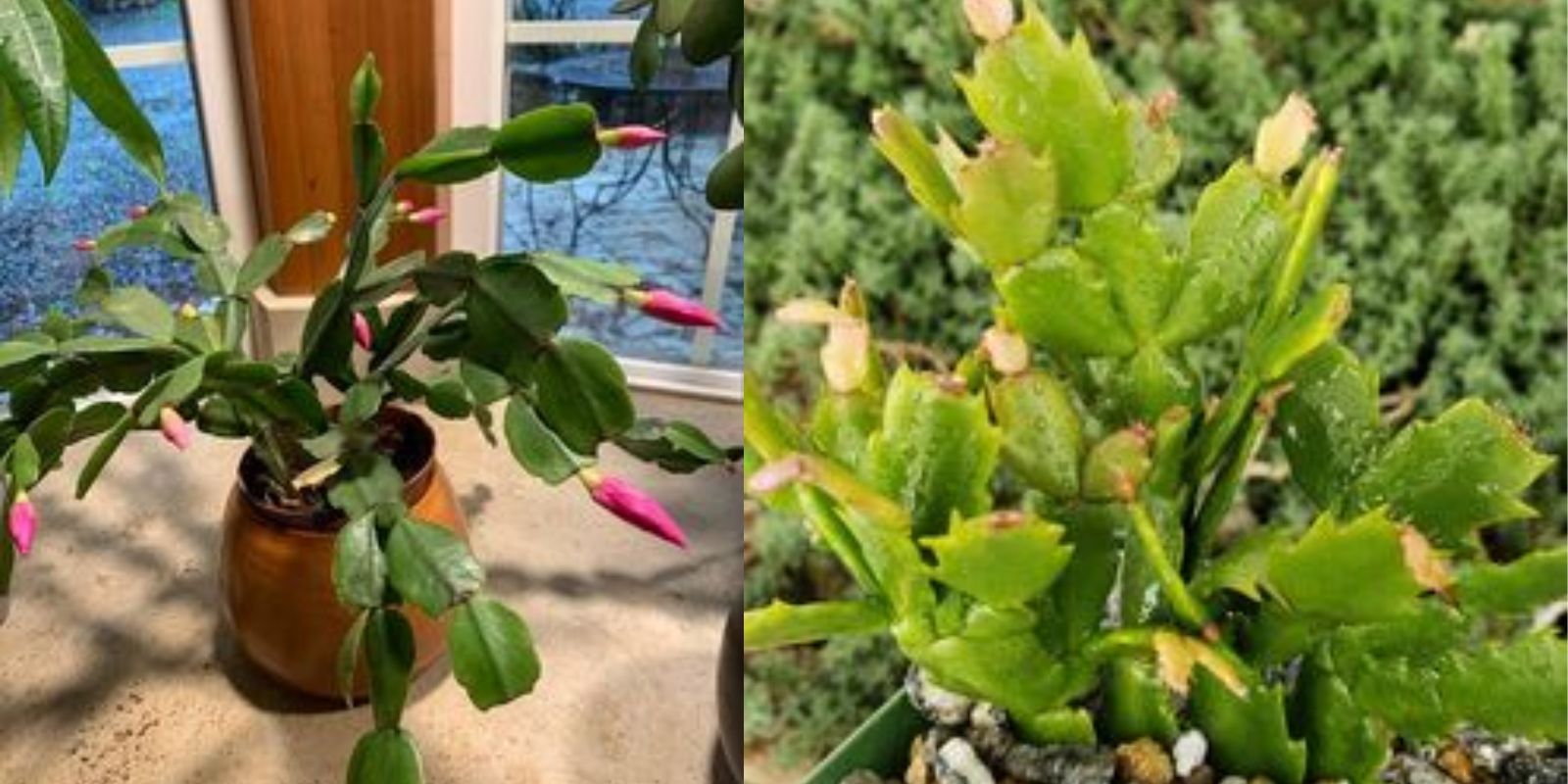The Christmas cactus, scientifically known as Schlumbergera, is a beloved houseplant, especially during the holiday season. Its vibrant, tubular flowers can bring a burst of color to your home when winter may feel dull and gray. However, to encourage abundant blooming, it’s essential to know when and how to care for your Christmas cactus, particularly regarding its need for darkness. In this article, we will explore the optimal time to place your Christmas cactus in the dark, the reasons behind this practice, and tips for ensuring it thrives.
Understanding the Christmas Cactus
What is a Christmas Cactus?
The Christmas cactus is a native plant to the tropical rainforests of Brazil, where it grows as an epiphyte, meaning it naturally thrives on trees rather than in soil. Unlike traditional desert cacti, Christmas cacti have flat, segmented stems that resemble leaves and can produce beautiful flowers in shades of pink, red, white, or purple.
Why Blooming Matters
Blooming is crucial for the Christmas cactus, not only for aesthetic reasons but also for the health of the plant. Flowers typically appear in late November to early January, coinciding with the holiday season, making it a popular gift and decoration.
The Importance of Darkness
Why Darkness Triggers Blooming
Christmas cacti are short-day plants, meaning they require a specific period of darkness to stimulate blooming. When exposed to shorter daylight hours, the plant begins to prepare for flowering. This natural response is similar to the cycles that occur in the wild, where seasonal changes dictate plant behaviors.
Timing for Darkness
To ensure your Christmas cactus blooms beautifully, it’s essential to start the darkness period at the right time. Here’s a breakdown of the ideal timeline:
- Start in Mid-September: Begin the process around mid-September to set the stage for blooming by late November or December.
- Duration of Darkness: Keep the cactus in darkness for about 2 to 4 weeks to trigger the flowering response effectively.
How to Place Your Christmas Cactus in the Dark
Step-by-Step Guide
Follow these steps to ensure your Christmas cactus gets the darkness it needs to flourish:
Step 1: Identify the Right Timing
Starting around mid-September, assess your plant’s health and ensure it’s well-watered and thriving before initiating the darkness period.
Step 2: Create a Dark Environment
- Location: Choose a dark room or closet where the temperature remains consistent. Alternatively, cover the cactus with a cloth or cardboard box at night.
- Duration: Maintain this dark environment for at least 14 to 30 days.
Step 3: Monitor Watering Needs
During the darkness period, reduce watering. The plant will require less moisture as it enters a dormancy-like state. Ensure the soil dries out slightly between waterings to prevent root rot.
Step 4: Return to Bright Light
After 2 to 4 weeks, return your cactus to a brightly lit location. This transition signals the plant to start blooming and promotes healthy growth.
Signs of Successful Preparation
What to Look For
After completing the darkness period and returning your Christmas cactus to light, keep an eye out for signs of blooming:
- Bud Formation: Within a few weeks, you should begin to see flower buds forming on the tips of the stems.
- Healthy Growth: The plant should appear vibrant, with lush green segments and robust stems.
Troubleshooting Common Issues
Even with the best care, you may encounter some challenges. Here are a few common problems and how to address them:
1. No Buds or Blooms
Cause: Inadequate darkness or insufficient light when returned to the bright spot.
Solution: Ensure you provided a consistent dark period of 2 to 4 weeks and that the cactus receives bright, indirect light afterward.
2. Yellowing Leaves
Cause: Overwatering or poor drainage.
Solution: Check the soil moisture and ensure the pot has proper drainage. Allow the soil to dry out slightly between waterings.
3. Dropping Buds
Cause: Environmental stress, such as temperature fluctuations or drafts.
Solution: Keep the cactus in a stable environment away from drafts and sudden temperature changes.
Additional Care Tips for Your Christmas Cactus
1. Proper Light Conditions
After the darkness period, place your Christmas cactus in a bright location but avoid direct sunlight, which can scorch the leaves. A spot with filtered light or near an east-facing window is ideal.
2. Optimal Temperature
Christmas cacti prefer temperatures between 65°F to 75°F (18°C to 24°C) during the day and slightly cooler at night. Avoid placing them near heating vents or air conditioning units.
3. Humidity Levels
Being native to tropical climates, Christmas cacti thrive in humid environments. You can increase humidity by misting the plant regularly or placing a humidifier nearby.
4. Repotting and Soil Requirements
Consider repotting your Christmas cactus every couple of years to refresh the soil. Use a well-draining potting mix designed for cacti and succulents to prevent root rot.
5. Fertilizing Your Christmas Cactus
During the growing season (spring and summer), feed your Christmas cactus with a balanced, water-soluble fertilizer every month. This practice encourages healthy growth and vibrant blooms.
6. Pruning and Maintenance
After the blooming period, prune your Christmas cactus to maintain its shape and promote bushier growth. Remove any dead or damaged segments to keep the plant healthy.
When to Expect Blooms
Once the darkness period is complete and you’ve returned your cactus to light, you can generally expect flowers to start blooming in late November to early January. The timing may vary slightly based on the specific conditions and care you provide.
Conclusion: Mastering the Art of Cactus Care
By understanding the importance of darkness and following these steps, you can ensure your Christmas cactus blooms beautifully during the holiday season. With just a little extra care—starting around mid-September and providing one month of darkness—you’ll set the stage for a stunning display of flowers that can brighten your home and spirit.
So, don’t wait! Start preparing your Christmas cactus today, and enjoy the delightful rewards of your gardening efforts this holiday season! 🌵🎄✨

